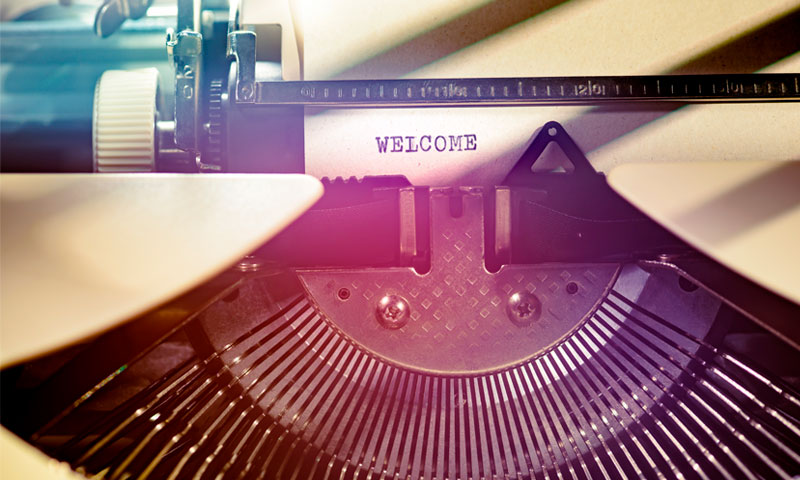Why are Typewriters Still in Use Today?

Fax Machines: Service, Repair, and Maintenance
April 20, 2023Why are Typewriters Still in Use Today?

In a digital era where technology is constantly advancing and our lives are dominated by computers, smartphones, and tablets, it might come as a surprise to some that typewriters are still in use today. Typewriters, which were first invented in the 19th century and gained widespread popularity in the 20th century, have managed to withstand the test of time and remain relevant in certain circles. In this article, we will explore the reasons why typewriters are still being used in the modern world.
Nostalgia and Sentimentality One of the main reasons why typewriters are still in use today is due to the sense of nostalgia and sentimentality they evoke. Many people associate typewriters with a bygone era when life was simpler and technology was less pervasive. Typewriters are often seen as symbols of a time when people communicated in a more deliberate and tangible way, and the tactile experience of typing on a typewriter can be both satisfying and nostalgic for those who grew up using them. Some individuals may choose to continue using typewriters for personal or creative writing purposes, as they find the physical act of typing on a typewriter to be a unique and enjoyable experience.
Security and Privacy In an age where data breaches and online hacking are constant concerns, some individuals and organizations turn to typewriters for their security and privacy features. Typewriters do not require internet connectivity, which means that any document typed on a typewriter is not vulnerable to cyber attacks or online surveillance. This can be particularly appealing for those who handle sensitive or confidential information, such as journalists, writers, and government agencies. Additionally, typewritten documents do not leave any digital footprint, which can be advantageous in situations where privacy and confidentiality are paramount.
Authenticity and Artistry Typewriters are often prized by writers, artists, and collectors for their authenticity and artistry. The mechanical nature of typewriters, with their keys, levers, and ribbons, allows for a unique tactile experience and a distinct sound that is absent in digital writing devices.
The physicality of typing on a typewriter can be a source of inspiration for creative individuals, as the limitations of the machine encourage them to think carefully about their words and commit to them on the page. Some writers and artists may also use typewriters to create art pieces, such as typewriter art, where the keys and ribbons are used to create intricate designs and patterns.
Simplicity and Focus Typewriters are often favored by those who appreciate simplicity and a distraction-free writing environment. Unlike modern computers, which are connected to the internet and offer a multitude of distractions, typewriters provide a minimalist approach to writing. Typewriters typically have only the essential features needed for typing, such as a keyboard, a ribbon for ink, and a platen for paper, without the distractions of notifications, emails, or social media. This simplicity can help writers and individuals focus on their work without the constant interruptions and temptations of the digital world.
Accessibility and Durability Typewriters are known for their durability and accessibility. Unlike modern computers, which can be expensive and require regular updates and maintenance, typewriters are relatively simple machines that can be more affordable and easier to maintain. This makes them accessible to a wider range of individuals, including those who may not have access to or be familiar with modern technology. Typewriters also do not require electricity, which means they can be used in remote locations or during power outages. Their durability and mechanical nature also make them reliable and long-lasting, with some typewriters from the early 20th century still in use today.
